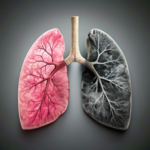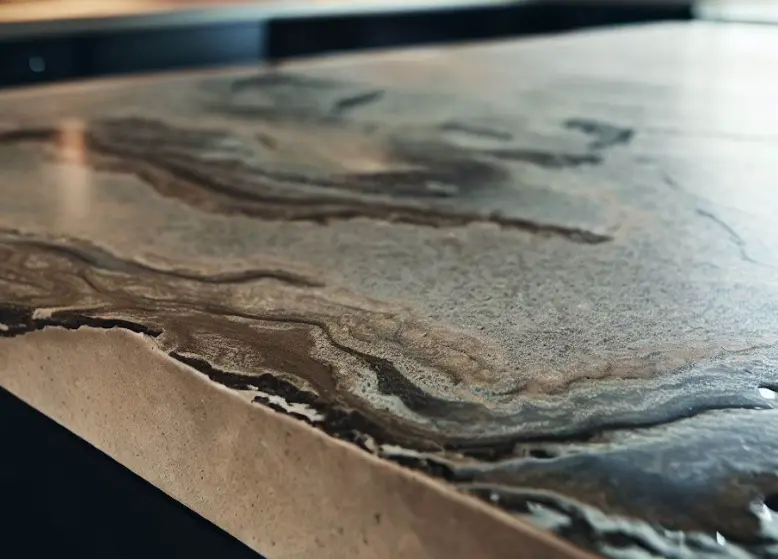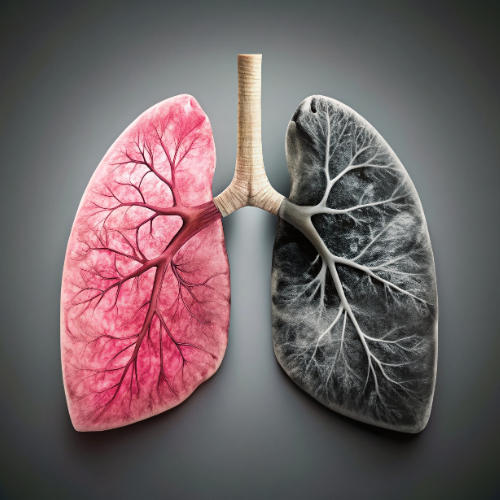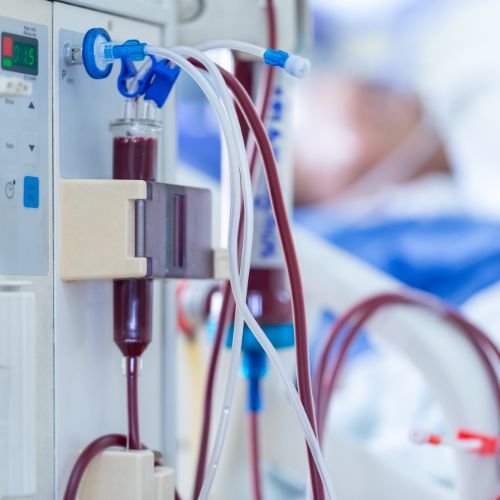
Silicosis from Artificial Stone Dust: Know the Risks & Legal Rights
April 15, 2025
Artificial Quartz Silicosis: A Serious Occupational Threat
April 29, 2025Blog

Silicosis Explained: The Three Most Common Forms
Engineered Stone
Silicosis is a progressive and incurable lung disease caused by inhalation of crystalline silica dust. This fine particulate matter is found in various work environments, especially those involving stone, concrete, and artificial surfaces. Over time—or even within a short period—this dust can trigger inflammation and permanent damage in the lungs.
There are three primary forms of silicosis, each defined by how quickly the disease develops and how much silica exposure was involved. Understanding these distinctions is essential for identifying early warning signs and taking steps to protect workers’ health.
Chronic Silicosis: Gradual Onset After Long-Term Exposure
Chronic silicosis typically appears after 10 or more years of exposure to lower concentrations of silica dust. It is the most prevalent form among long-term workers in stone fabrication, mining, and construction.
There are two key presentations:
-
Simple silicosis, which features small, rounded nodules—often less than 10 mm in size—located in the upper regions of the lungs.
-
Progressive massive fibrosis (PMF), or complicated silicosis, in which those nodules enlarge and merge, leading to significant loss of lung function.
Because the disease develops slowly, many workers don’t experience symptoms until it has already advanced.
Accelerated Silicosis: Damage Within a Decade
In contrast, accelerated silicosis develops much faster—typically within 2 to 10 years—and is the result of intense, ongoing exposure to silica particles. This form is becoming increasingly common among workers who handle artificial stone, especially in environments lacking adequate ventilation or dust suppression systems.
Medical imaging often shows signs associated with both chronic and acute silicosis, such as nodular fibrosis and hazy opacities (known as ground-glass opacities), indicating rapid and widespread lung damage.
Acute Silicosis: A Rapid, Life-Threatening Condition
Acute silicosis, also referred to as acute silicoproteinosis, is the most severe form of the disease. It can develop within weeks to a few years of extremely high silica exposure. Those working in tasks like sandblasting or dry cutting artificial stone are among the highest-risk groups.
This condition mimics pulmonary alveolar proteinosis (PAP), a rare lung disease in which proteinaceous material builds up in the alveoli, restricting airflow. Under microscopic analysis, this material contains silica crystals and tests positive for PAS (Periodic acid–Schiff) staining—clear indicators of silica exposure.
As noted in recent medical research, “Silica exposure can result in one of three distinct disease patterns of silicosis: chronic silicosis, subacute or accelerated silicosis, and acute silico-proteinosis.” (Fazio JC, et al., Journal of Occupational Medicine and Toxicology, 2025; 20(1):9, p.10)
Alarming Statistics Among Artificial Stone Workers
Recent reports have revealed epidemic-level rates of silicosis among artificial stone workers. Studies estimate that 50% to 85% of workers in this sector may already be affected by either acute or accelerated forms of the disease. These numbers reflect a widespread failure to implement effective dust control measures and highlight a growing occupational health crisis.
Even workers not currently showing signs of acute or accelerated silicosis remain at elevated risk. Continued exposure to silica has been linked to chronic silicosis, lung cancer, kidney disease, and autoimmune conditions like rheumatoid arthritis, lupus, and systemic sclerosis (scleroderma).
Want to Learn More About Silicosis?
If you work with or around artificial stone and are concerned about silica exposure, you're not alone. Education and awareness are essential first steps toward prevention, protection, and policy change.
Call (866) 476-4111
Contact us online for more information, guidance, or to share your story.
Your health matters—and so does your voice. Let’s work together to raise awareness, demand accountability, and protect the workers who shape the stone that shapes our world.


